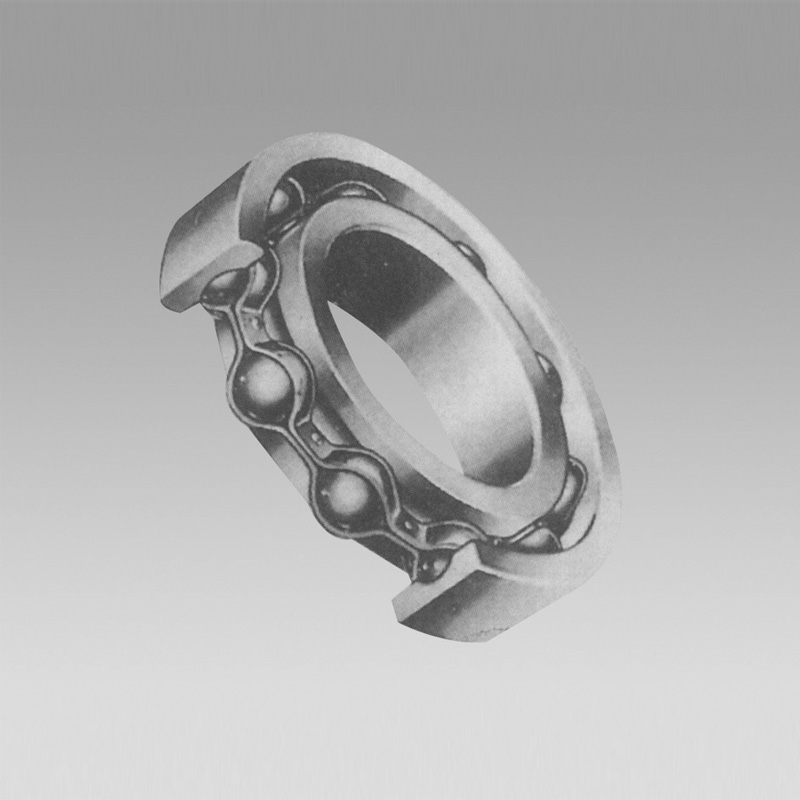
Oct . 08, 2024 16:27 Back to list
Understanding the Function and Benefits of Tapered Roller Bearings in Machinery
Understanding Tapered Roller Bearings
Tapered roller bearings are a significant type of rolling element bearing that can support both radial and axial loads. They are designed specifically for applications where there's a need for high precision and robust performance under load. The unique design of tapered roller bearings allows them to accommodate varying load conditions while maintaining stability and longevity.
Understanding Tapered Roller Bearings
One of the most significant advantages of tapered roller bearings is their ability to handle combined loads. Unlike traditional radial roller bearings that primarily resist radial loads, tapered roller bearings can also manage significant axial loads in one direction. This makes them ideal for applications such as automotive wheel hubs, construction equipment, and machinery in various industrial sectors.
what are tapered roller bearings

The assembly of tapered roller bearings is also crucial for their performance. The precise adjustment of the bearing can affect its load-carrying capacity and lifespan. It is essential to consider factors like preload and clearance during installation to ensure optimal functioning. Manufacturers often provide guidelines to help achieve the correct bearing setting.
In terms of applications, tapered roller bearings are widely used in various fields. In automotive applications, they are found in wheel bearings, steering systems, and transmission components. In industrial machinery, these bearings are utilized in gearboxes, pumps, and conveyor systems. Their ability to withstand high speeds and loads, along with their versatility, makes them a preferred choice across many industries.
Maintenance practices are also important for the longevity of tapered roller bearings. Regular lubrication is essential to reduce friction and wear, and it helps in dissipating heat generated during operation. Monitoring the bearings for signs of wear or damage can prevent operational failures that might lead to costly downtimes.
In conclusion, tapered roller bearings are fundamental components that contribute significantly to the reliability and efficiency of various mechanical systems. Their unique design and capability to handle combined loads enable them to perform effectively in numerous applications, making them an integral part of modern machinery and equipment. Understanding their characteristics and maintenance requirements can lead to improved performance and extended service life.
Latest news
-
Premium Deep Groove Ball Bearings | High Speed & Reliability
NewsAug.29,2025
-
Durable Scaffolding Clamps - Secure & Reliable Tube Connectors
NewsAug.28,2025
-
Common Failures in Thrust Ball Bearings and Solutions
NewsAug.22,2025
-
How Tapered Roller Bearings Can Take Shock Loads
NewsAug.22,2025
-
Angular Bearings in High-Precision Spindles
NewsAug.22,2025
-
The Impact of Misalignment on Cylindrical Roller Bearing Performance
NewsAug.22,2025
